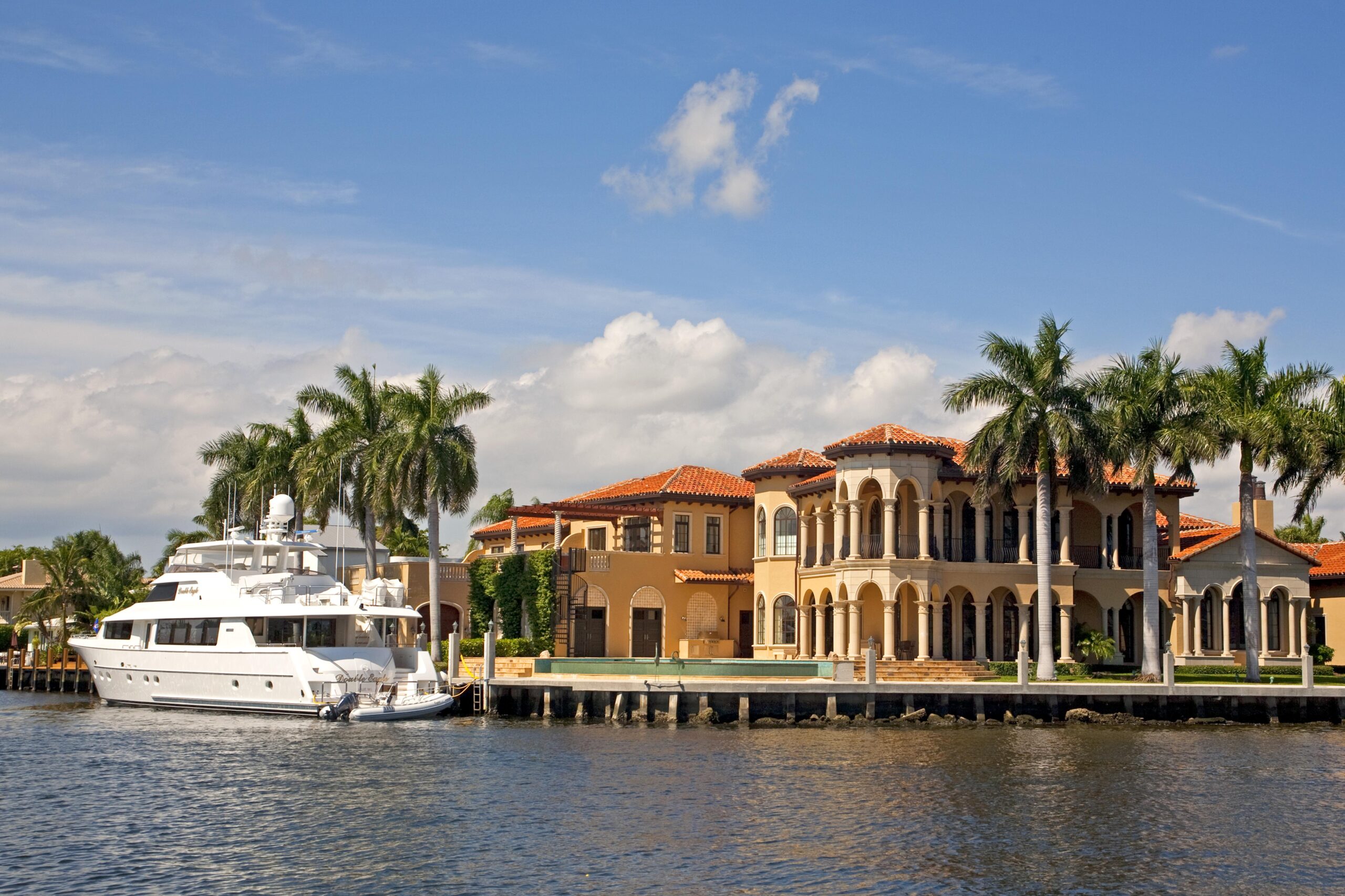South Florida has always been a desirable destination, known for its warm climate, beautiful beaches, and vibrant culture. Recently, the real estate market in this region has experienced unprecedented growth, attracting a diverse range of buyers from across the country and around the globe. This boom is driven by several factors that are reshaping the landscape of South Florida real estate.
One of the primary drivers of this growth is the influx of people relocating from other states. Many are drawn by the lack of state income tax, favorable weather, and the lifestyle that South Florida offers. The pandemic accelerated this trend, with remote work becoming more common and people seeking more spacious, comfortable living environments. As a result, cities like Miami, Fort Lauderdale, and West Palm Beach have seen a surge in demand for residential properties.
Luxury real estate is a significant part of this trend. High-net-worth individuals are investing in waterfront properties, high-rise condos, and exclusive gated communities. These buyers are not just looking for a home; they are seeking a lifestyle. Properties with state-of-the-art amenities, private docks, and ocean views are highly sought after. The demand for luxury homes has pushed prices to new heights, making South Florida one of the hottest luxury markets in the United States.
The commercial real estate sector is also thriving. Businesses are relocating to South Florida to take advantage of the favorable tax environment and the opportunity to attract top talent who are drawn to the region’s lifestyle. This has led to increased demand for office space, retail locations, and industrial properties. The growth of e-commerce has further fueled the need for warehousing and distribution centers, adding another layer of demand to the commercial real estate market.
Another interesting aspect of South Florida’s real estate boom is the emphasis on sustainability and resilience. With climate change and rising sea levels posing significant challenges, there is a growing focus on building resilient and eco-friendly properties. Developers are incorporating green building practices, elevating structures, and using materials designed to withstand extreme weather conditions. This trend is not only about protecting investments but also about creating a more sustainable and livable environment for the future.
The real estate market in South Florida is also characterized by a high level of international interest. Buyers from Latin America, Europe, and even Asia are investing in properties in the region. South Florida’s cosmopolitan appeal, combined with its strategic location as a gateway to the Americas, makes it a prime destination for international buyers. This influx of foreign capital has added another dimension to the market, driving up demand and prices.
For local residents, this real estate boom has both positive and negative implications. On the one hand, rising property values increase equity for homeowners and boost the local economy. On the other hand, the surge in prices can make housing less affordable for some, leading to concerns about gentrification and displacement. Addressing these challenges will require careful planning and policy-making to ensure that the benefits of growth are broadly shared.
In conclusion, the real estate market in South Florida is experiencing a remarkable period of growth and transformation. The combination of favorable economic conditions, lifestyle attractions, and strategic investments is driving this boom. As the market continues to evolve, it will be essential to balance development with sustainability and inclusivity, ensuring that South Florida remains a vibrant and desirable place to live and work for generations to come.


